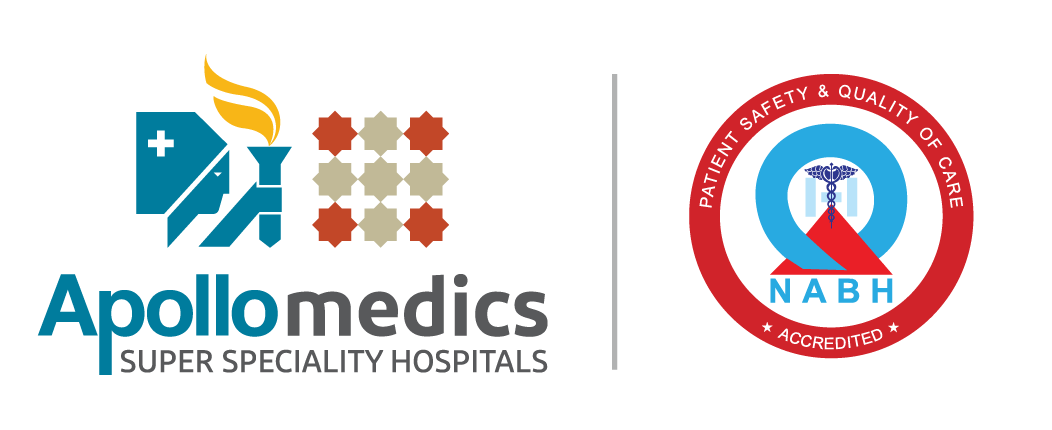Overview
Coronary angioplasty, also known as percutaneous coronary intervention, is a technique that opens blocked arteries in the heart. Angioplasty is a procedure that involves inserting a tiny balloon catheter into a clogged blood artery to help expand it and enhances blood flow to the heart.
Angioplasty is frequently paired with the insertion of a stent, a tiny wire mesh tube. The stent keeps the artery open and reduces the chances of it narrowing again. The majority of stents have a pharmaceutical coating to assist maintain the artery open (drug-eluting stents). Bare-metal stents are only utilized in a few cases.
Angioplasty can help with symptoms like chest pain and shortness of breath caused by clogged arteries. Angioplasty is also commonly conducted during a heart attack to unblock a blocked artery fast and reduce heart damage.
Angioplasty is a procedure that removes fatty plaques from the heart’s blood arteries. Atherosclerosis is a form of heart disease caused by this accumulation.
If you have any of the following symptoms, angioplasty may be a viable therapy option for you:
- You’ve tried drugs and lifestyle modifications, but your heart health hasn’t improved.
- You’re experiencing chest pain that’s getting worse.
- You’ve suffered a heart attack. Angioplasty can unblock a clogged artery fast, decreasing heart damage.
Angioplasty isn’t for everyone. Your cardiologist or cardiothoracic surgeon may decide that coronary artery bypass surgery is a wiser choice for you than angioplasty, depending on the severity of your heart condition and your overall health.
The angioplasty operation is a common way to unclog blocked arteries. It significantly improves blood flow to the heart and aids in the relief of chest pain caused by angina. However, receiving a stent does not imply that the cardiac problem has been resolved. Maintaining a healthy lifestyle with activities that support a healthier heart is critical for the patient. Following a coronary stent angioplasty, all patients must adhere to the following guidelines:
- Exercise on a regular basis, as directed by your cardiologist
- Keeping a healthy weight is important
- Other medical issues, such as high blood pressure and diabetes, can be managed.
- Smoking cessation
- Trying to get your LDL cholesterol down to a healthy level
The majority of people who have angioplasty also have a stent inserted in their clogged artery. After angioplasty, a stent, which looks like a small coil of wire mesh, supports the walls of your artery and helps prevent it from narrowing again.
An angioplasty technique involves placing a balloon catheter over a guide wire and inserting a stent into a blocked coronary artery. The balloon is inflated once the catheter is in place around the blocked artery, causing the stent to expand around the artery. The balloon is then deflated and removed, leaving the stent in place.
Depending on the scenario, a coronary angioplasty might take anywhere from 30 minutes to 2 hours. Patients with angina can usually go home the same day or the next day; however, patients who have had a heart attack and are having an angioplasty treatment will need to stay in the hospital for longer until their condition improves.
Consult our cardiologist, if you have any questions or if you need any other form of surgery.
Request a Consultation at Apollo Medics Super Specialty Hospital Lucknow
To book an appointment contact- 8429029838 or 8429021812
Doctor’s Profile

Dr Tarun Bansal

Dr. (Col) Ajay Bahadur




